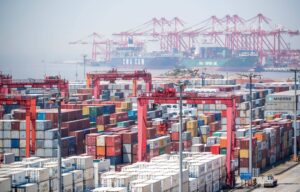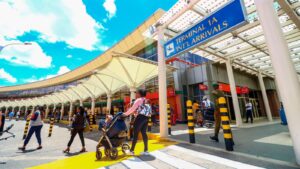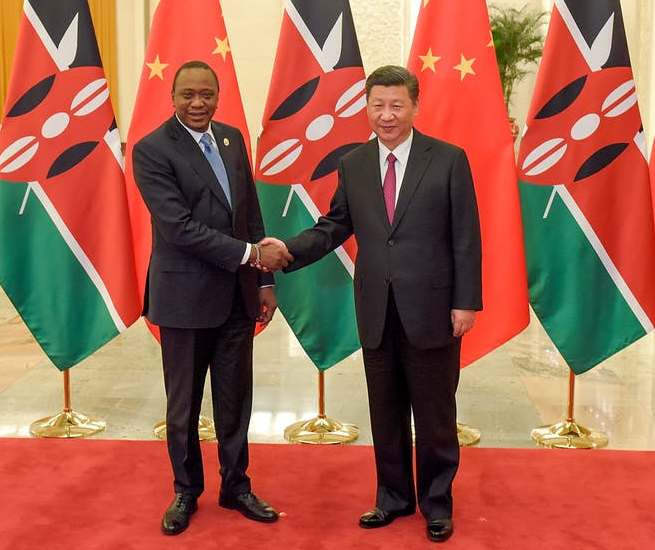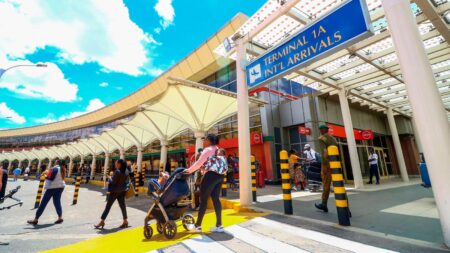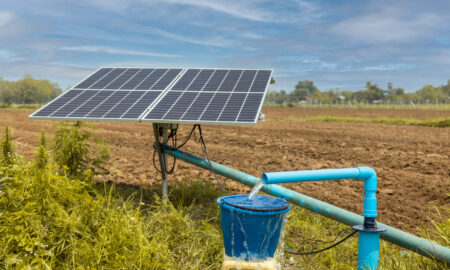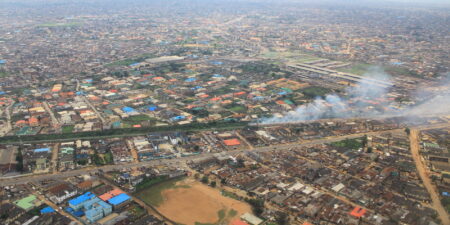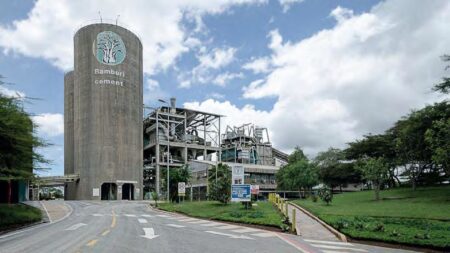Loans from China hit a high of US$6.2 billion last year
The Chinese government has dismissed claims that it’s continued heavy lending to Kenya in the financing of mega infrastructure projects is a ‘ debt trap’, even as loans from Beijing hit a high of ShUS$6.2 billion(Sh625.9 billion) in December last year.
This is up from US$5.3 billion (Sh535 billion) a year earlier with a lion share going towards the construction of the multi-billion Standard Gauge Railway (SGR).
“We are not putting Kenya into a debt trap. China-Africa corporation cannot put Africa into a trap but booming economic growth,” China’s Charge’ D’affaires (Nairobi) LI Xuhang said during a meeting in Nairobi on the update on the SGR and China-Kenya relations.
“Kenya can decide on who they want to partner with. Kenyan people are wise enough to choose their trade and corporation partners. They can decide who benefits them more,” Xuhang said, noting that the fast-growing China-Africa relations have rattled other developed country.
His sentiments come in the wake of growing concerns that Kenya could lose its key assets to Beijing, among them the port of Mombasa, if the government defaults in the payment of the Sh327 billion(US$3.25 billion) owed to Exim Bank of China for construction of Phase one of the Standard Gauge Railway (SGR) project.
Apart from the first phase (472 kilometre) Mombasa-Nairobi SGR, the Chinese are funding and constructing Phase 2A at a cost of Sh150 billion (US$1.49 billion).
The 120-kilometre line which runs between Nairobi-Mai Mahiu and -Duka Moja, a small centre between Suswa and Narok town, is 90 per cent complete.
The government is said to be in negotiations with Beijing for an additional Sh370 billion (US$3.67 billion) to complete the remainder of the project, which is Phase 2B (Duka Moja-Kisumu) and the final stretch (Phase 2C) connecting Kisumu to Malaba, the Kenyan-Uganda border.
Kenya Railways acting Managing Director Philip Mainga has revealed that the government is keen to secure funds during the second Belt and Road Forum for International Cooperation (BRF) set for Beijing later this month.
“We hope to sign phase 2B during the meeting,” Mainga said, “Kenya Railways is working with the Chinese government in achieving the commitment we have on the 974-kilometre Mombasa-Malaba SGR project.”
Phase one of the SGR project was constructed by China Road and Bridge Corporation while Phase 2 is being developed by a sister company-China Communications Construction Company (CCCC).
China has funded over 70 development projects in the country cutting across transport, energy, water and housing sectors where about 50 Chinese companies are involved.
The Ministry of Foreign Affairs has defended the China-Kenya relation saying it is mutual and beneficial to the country.
The Asian Directorate at the ministry said the SGR is a landmark project for the government and its full impact will be felt once it reaches Malaba.
The directorate’s in-charge of China Lindsay Kiptiness, however, said grants and loans must be spent in their intended purpose if the country is to make any meaningful gains from the borrowing.
“We must ensure projects don’t become victims of corruption,” Kiptiness said, “As long as we can sustain our debt and projects contribute to economic development, I don’t see why we should not borrow for development.”
With the debate on increased borrowing from China continuing, the Nairobi embassy has given Kenya an option of pursuing Public-Private-Partnerships (PPPs) as an alternative to solid borrowing for projects.
Kenya spent nearly Sh15.43 billion to service loans from China in the first half of the 2018/19 financial year (July-December).
The government has largely contracted a mix of semi-concessional and commercial debt from China and international capital markets (Eurobond) since 2014 to improve the country’s infrastructure.
Meanwhile, Kenya Railways has called on the Chinese government to help secure the rail network in Kenya, with terrorism being among the biggest concerns.
Kenya’s public debt crossed Sh5.27 trillion (US$52.3 billion) last December, National Treasury statistics show, up from Sh4.57 trillion (US$45.4 billion) a year earlier, and Sh3.83 trillion (US$38 billion) in December 2016.
